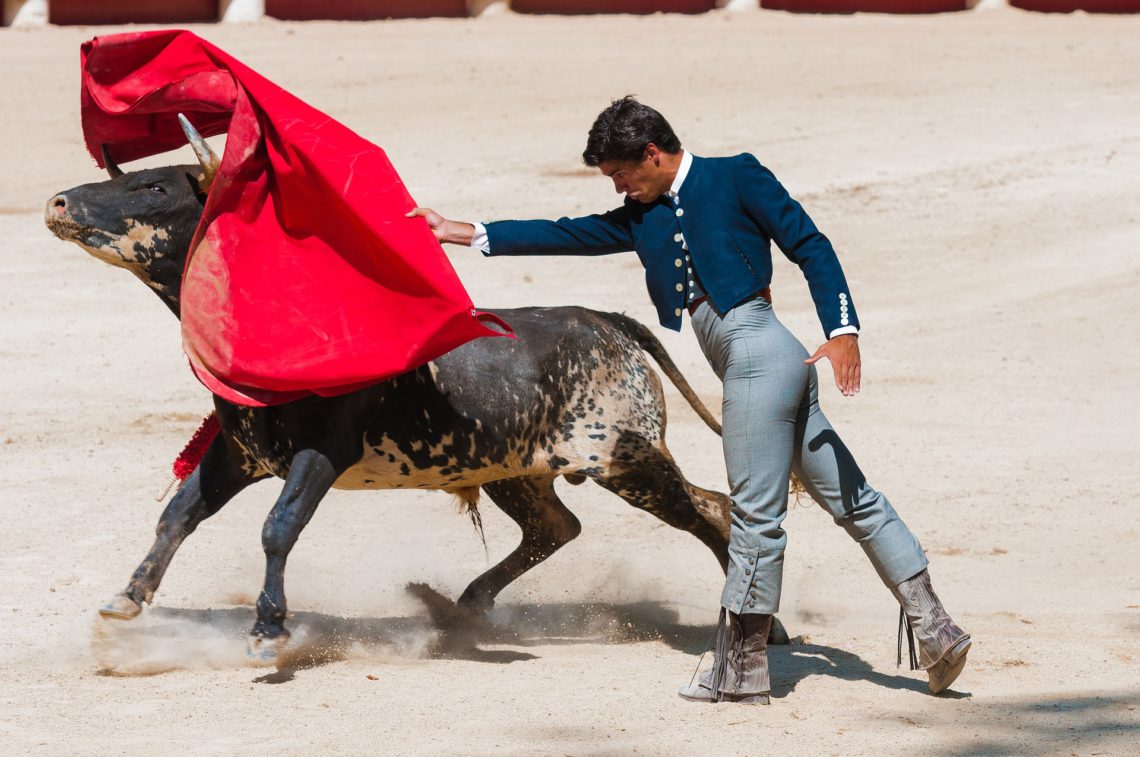
The history of Madrid bullfighting and its significance in Spanish culture
Bullfighting is one of the most iconic and controversial cultural events in Spain, and Madrid is widely regarded as the capital of bullfighting in the country. For centuries, bullfighting has been a source of fascination and controversy, with its roots tracing back to ancient Roman times. Despite the criticism it has received, it remains an important part of Spanish culture, attracting thousands of tourists every year to witness the spectacle.
The origins of bullfighting in Madrid are uncertain, but it is believed to have been popularized during the 18th century, particularly after the establishment of the Plaza de Toros de la Puerta de Alcalá, which was the first bullring in the city. The Plaza de Toros de la Puerta de Alcalá was inaugurated in 1749 and was the largest and most impressive bullring of its time, with a capacity of 10,000 spectators. Its construction marked the beginning of the golden age of bullfighting in Madrid.
During the 19th century, bullfighting in Madrid reached its peak, attracting some of the most talented bullfighters in the country. The most famous of them was Francisco Arjona “Cúchares“, who was widely regarded as the greatest bullfighter of his time. Cúchares was born in 1818 and began his career as a bullfighter in Madrid when he was just 15 years old. He quickly became a sensation, known for his daring and skill in the ring. He was particularly famous for his “verónicas,” a signature move in which he would gracefully pass the bull with his cape.
Cúchares’ popularity helped to cement Madrid’s reputation as the bullfighting capital of Spain. His success also helped to elevate bullfighting from a simple pastime to an art form. Bullfighting became an important part of Spanish culture, inspiring writers, artists, and musicians to create works that celebrated its beauty and drama.
Despite its popularity, bullfighting has always been controversial. Critics argue that it is cruel and barbaric, and that it has no place in modern society. They point to the fact that bulls are often injured or killed during the course of a bullfight, and that the animals suffer a great deal of stress and fear in the process.
Supporters of bullfighting, on the other hand, argue that it is an important part of Spanish culture and tradition. They point out that bullfighting has been practiced in Spain for centuries and that it is deeply ingrained in the country’s history and identity. They also argue that it is an art form that requires great skill and training, and that it is a symbol of courage and bravery.
Today, bullfighting in Madrid continues to attract thousands of visitors every year. The Plaza de Toros de las Ventas, which was built in 1929, is one of the most impressive bullrings in the world, with a capacity of 25,000 spectators. It hosts some of the most important bullfighting events in Spain, including the San Isidro Festival, which takes place every May and is considered to be the most important bullfighting event in the world.
Despite the controversies surrounding bullfighting, it remains an important part of Spanish culture and history. For many Spaniards, it is a source of national pride and a symbol of their country’s identity. For visitors to Madrid, it is a fascinating and dramatic spectacle that offers a glimpse into the unique and complex culture of Spain.
In conclusion, the history of Madrid bullfighting is a story that is shrouded in mystery and controversy. Despite the debates that surround it, bullfighting remains an integral part of Spanish culture and tradition, and it continues to fascinate and captivate audiences around the world.